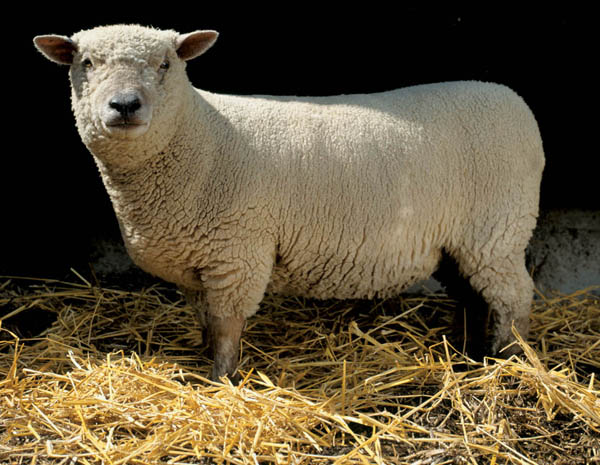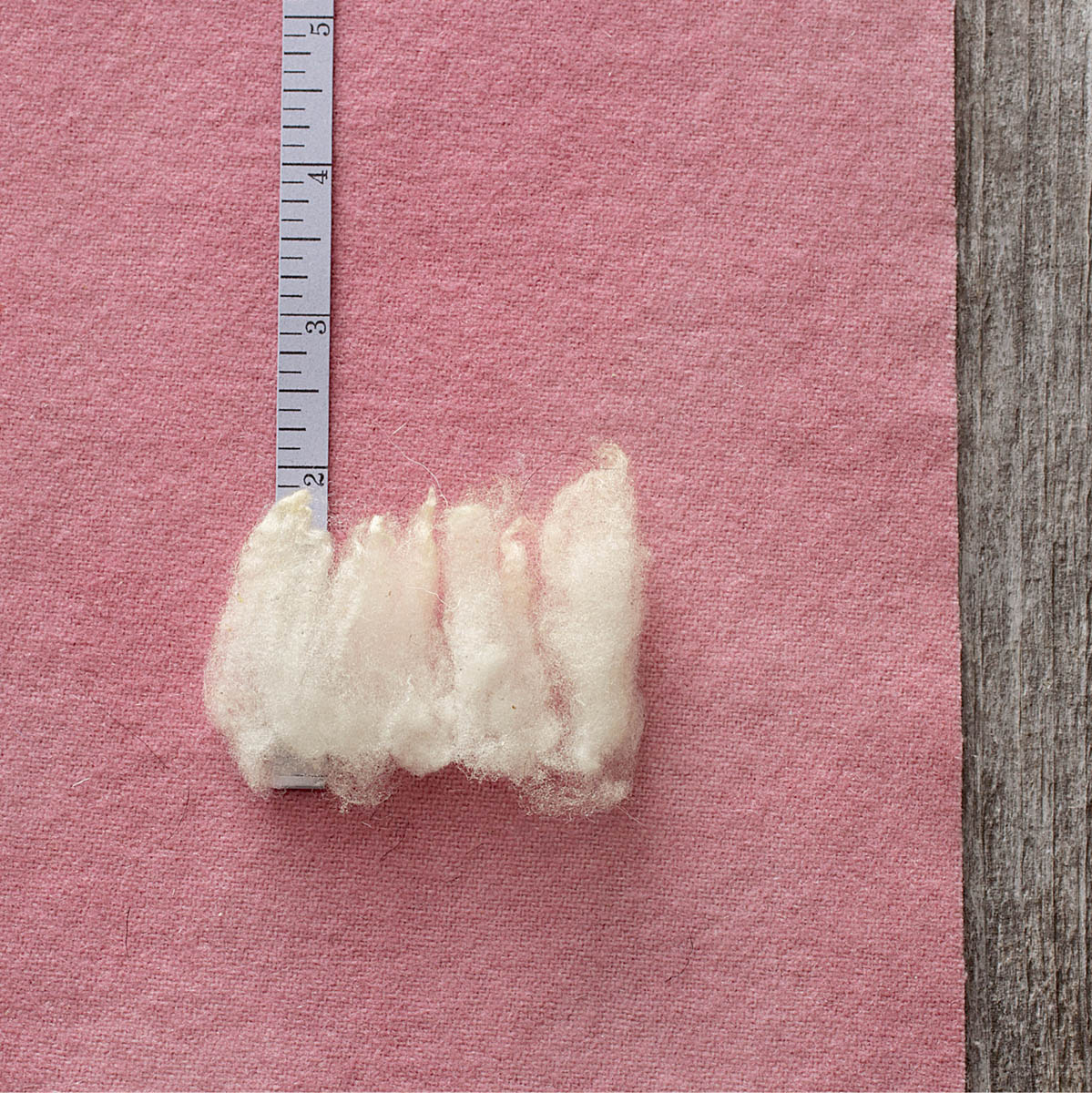
The docile, affectionate Southdown is the breed from which all other Down breeds were developed. Like other Down sheep, Southdowns produce versatile, resilient, medium-handling wools. Their dense fleeces have blocky, rectangular staples that tend to hold together. The shorter fleeces can be carded; with longer ones, you may choose to flick or comb. To maintain the wool’s natural loft and springiness as you spin, keep your drafting light and the twist levels moderate.

Effect of dyes. Southdown takes well to dye: the results won’t be lustrous, but the colors won’t be flat, either.
Best uses. These yarns are great for socks, mittens, hats, and everyday sweaters. The finer Southdown fleeces offer both next-to-the-skin softness and good durability. Southdown isn’t overeager to felt, so whatever you make may be machine washable (test a swatch).

Some historians believe that the first sheep to arrive in the Jamestown Colony in Virginia, in 1609, were the short-wooled, colored-faced breed known as Southdown. It’s possible that some of those sheep formed part of the ancestry of the Hog Island breed.